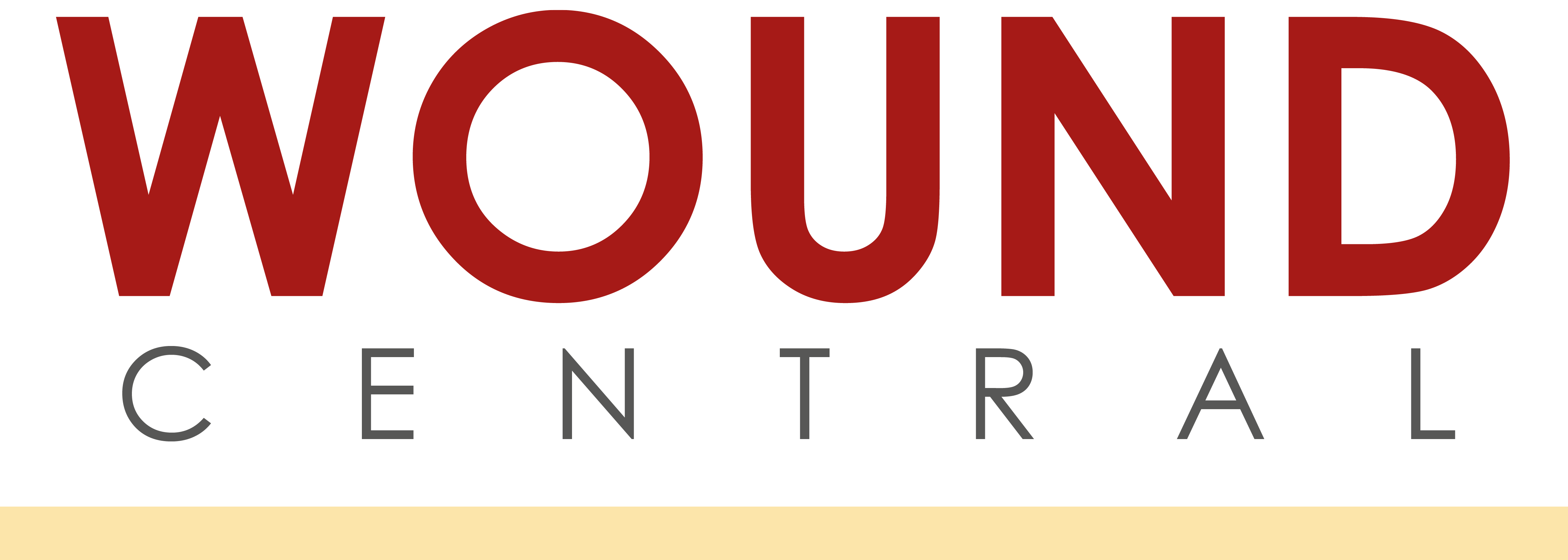Wound Infections and Healing: are they contributing factors for carcinogenesis?
Abstract
The link between inflammation and tumourisation has long been considered as a key event in clinical cancer development. Inflammation and inflammatory diseases can be caused by many factors including infectious agents, altered genetics and various degrees of injuries from simple cuts to traumatic wounds, such as those suffered in battlefield. Improved management of all wound types is critical in protecting affected individuals against the development of tumourisation cues, which may potentially lead to cancer development. There have been numerous studies on the mechanism of inflammation-induced tumourisation. Thus, in this mini review, we summarised evidence demonstrating the potential link between infectious agents and their moonlight proteins, wounding, trauma, overactive repair mechanisms, and carcinogenesis.
Tissue damage caused by a diverse array of insults such as wounding, trauma, infections and UV exposure are usually well-managed by the protective immune system.1 It has been reported that overactivation of tissue repair systems may lead to malignancy if protective apoptotic processes do not take place following wound repair.1,2 Recently, there has been significant interest in the role of infectious agents and associated inflammation in recurrent or non-healing wounds, and its probable role in the development of malignancies. Inflammation usually occurs during the wounding and healing process. Infectious agents have been recognised as risk factors for approximately 20% of cancers around the world.3 Acute or recurring tissue damage caused by mechanical and biochemical wounding may provide a favourable environment for the establishment of microbial or parasitic communities at the wound site. Recently, a liver fluke, Opisthorchis viverrini, which caused the recurrence of physical wounding in bile duct, has been accepted as an infectious agent responsible for bile-duct cancer (cholangiocarcinoma).4,5,6Significant supporting data on human microbial diversities in various sites of the body including the gut, mouth and skin have been catalogued throughout the human microbiome projects in order to explore the roles of these microbial communities in human health and disease states.7,8,9,10,11 Much work needs to be conducted in this area to better understand the relationship of microbiome and their human hosts.
Register now to continue reading
Thank you for visiting Wound Central and reading some of our peer-reviewed resources for wound care professionals. To read more, please register today. You’ll enjoy the following great benefits:
What's included
-
Access to clinical or professional articles
-
New content and clinical updates each month

